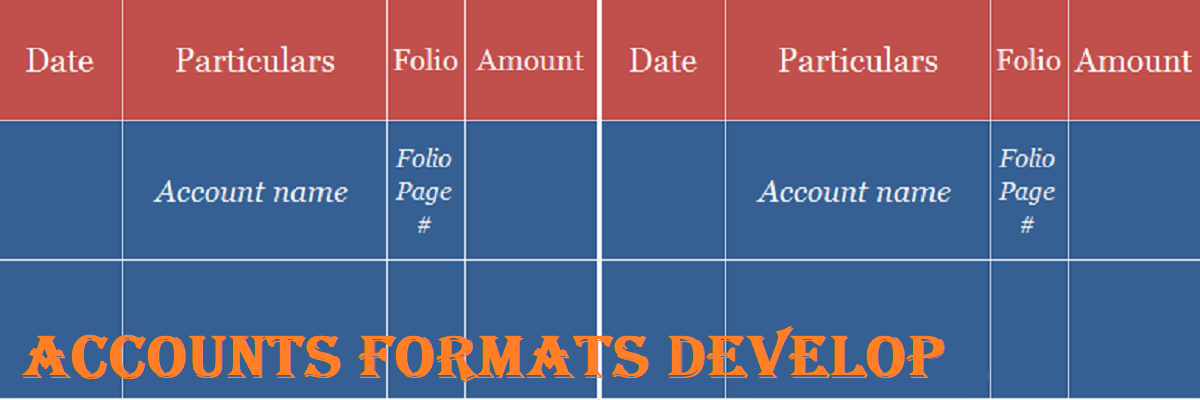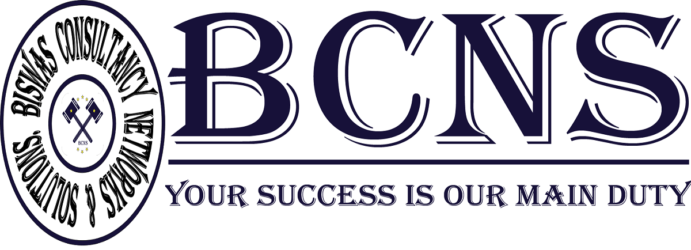
An accounting information system (AIS) is a system of collecting, storing and processing financial and accounting data that are used by decision makers. An accounting information system is generally a computer-based method for tracking accounting activity in conjunction with information technology resources. The resulting financial reports can be used internally by management or externally by other interested parties including investors, creditors and tax authorities. Accounting information systems are designed to support all accounting functions and activities including auditing, financial accounting & reporting, managerial/ management accounting and tax. The most widely adopted accounting information systems are auditing and financial reporting modules. The steps to implement an accounting information system are as follows: Detailed Requirements Analysis where all individuals involved in the system are interviewed. The current system is thoroughly understood, including problems, and complete documentation of the system—transactions, reports, and questions that need to be answered—are gathered. User needs that are not in the current system are outlined and documented. Users include everyone, from top management to data entry. The requirements analysis not only provides the developer with the specific needs, it also helps users accept the change. Users who have the opportunity to ask questions and provide input are much more confident and receptive of the change, than those who sit back and don’t express their concerns. Systems Design (synthesis) The analysis is thoroughly reviewed and a new system is created. The system that surrounds the system is often the most important. What data needs to go into the system and how is this going to be handled? What information needs to come out of the system how is it going to be formatted? If we know what needs to come out, we know what we need to put into the system. The program we select will need to appropriately handle the process. The system is built with control files, sample master records, and the ability to perform processes on a test basis. The system is designed to include appropriate internal controls and to provide management with the information needed to make decisions. It is a goal of an accounting information system to provide information that is relevant, meaningful, reliable, useful, and current. To achieve this, the system is designed so that transactions are entered as they occur (either manually or electronically) and information is immediately available online for management. Once the system is designed, an RFP is created detailing the requirements and fundamental design. Vendors are asked to respond to the proposal, to provide demonstrations of the product, and to specifically respond to the needs of the organization. Ideally, the vendor will input control files, sample master records, and be able to show how transactions are processed that result in the information that management needs to make decisions. An RFP for the information technology infrastructure follows the selection of the software product because the software product generally has specific requirements for infrastructure. Sometimes, the software and the infrastructure is selected from the same vendor. If not, the organization must ensure that vendors will work together without “pointing fingers” when there is an issue with either the software or the infrastructure. Documentation As the system is being designed, it is documented. The documentation includes vendor documentation of the system and, more importantly, the procedures or detailed instructions that help users handle each process specific to the organization. Most documentation and procedures are online and it is helpful if organizations can add to the help instructions provided by the software vendor. Documentation and procedures tend to be an afterthought but is the insurance policy and the tool used during testing and training—before launch. The documentation is tested during the training so that when the system is launched, there is no question that it works and that the users are confident with the change. Testing Before launch, all processes are tested from input through output, using the documentation as a tool to ensure that all processes are thoroughly documented and that users can easily follow the procedures: They know it works and that the procedures will be followed consistently. The reports are reviewed and verified, so that there’s no garbage in-garbage out. This is done in a test system not yet fully populated with live data. Unfortunately, most organizations launch systems before thorough testing, adding to end-user frustration when processes don’t work. The documentation and procedures may be modified during this process. All identified transactions must be tested during this step. All reports and online information must be verified and traced through the audit trail so that management is ensured that transactions will be handled consistently and that the information can be relied upon to make decisions. Training Before launch, all users need to be trained, with procedures. This means a trainer using the procedures to show each end user how to handle a procedures. The procedures often need to be updated during training as users describe their unique circumstances and the “design” is modified with this additional information. The end user then performs the procedure with the trainer and the documentation. The end user then performs the procedure with the documentation alone. The end user is then on his or her own with the support, either in person or by phone, of the trainer or other support person. This is before data conversion. Data Conversion Tools are developed to convert the data from the current system (which was documented in the requirements analysis) to the new system. The data is mapped from one system to the other and data files are created that will work with the tools that are developed. The conversion is thoroughly tested and verified before final conversion. There’s a backup so it can be restarted, if necessary. Launch The system is implemented only after all of the above is completed. The entire organization is aware of the launch date. Ideally, the current system is retained and often run in “parallel” until the new system is in full operation and working properly. Wi Tools Online resources are available to assist with strategic planning of accounting information systems. Information systems and financial forms aid in determining the specific needs of each organization, as well as assigning responsibility to principles involved. Support The end users and managers have ongoing support available at all times. System upgrades follow a similar process and all users are thoroughly appraised of changes, upgraded in an efficient manner, and trained.

